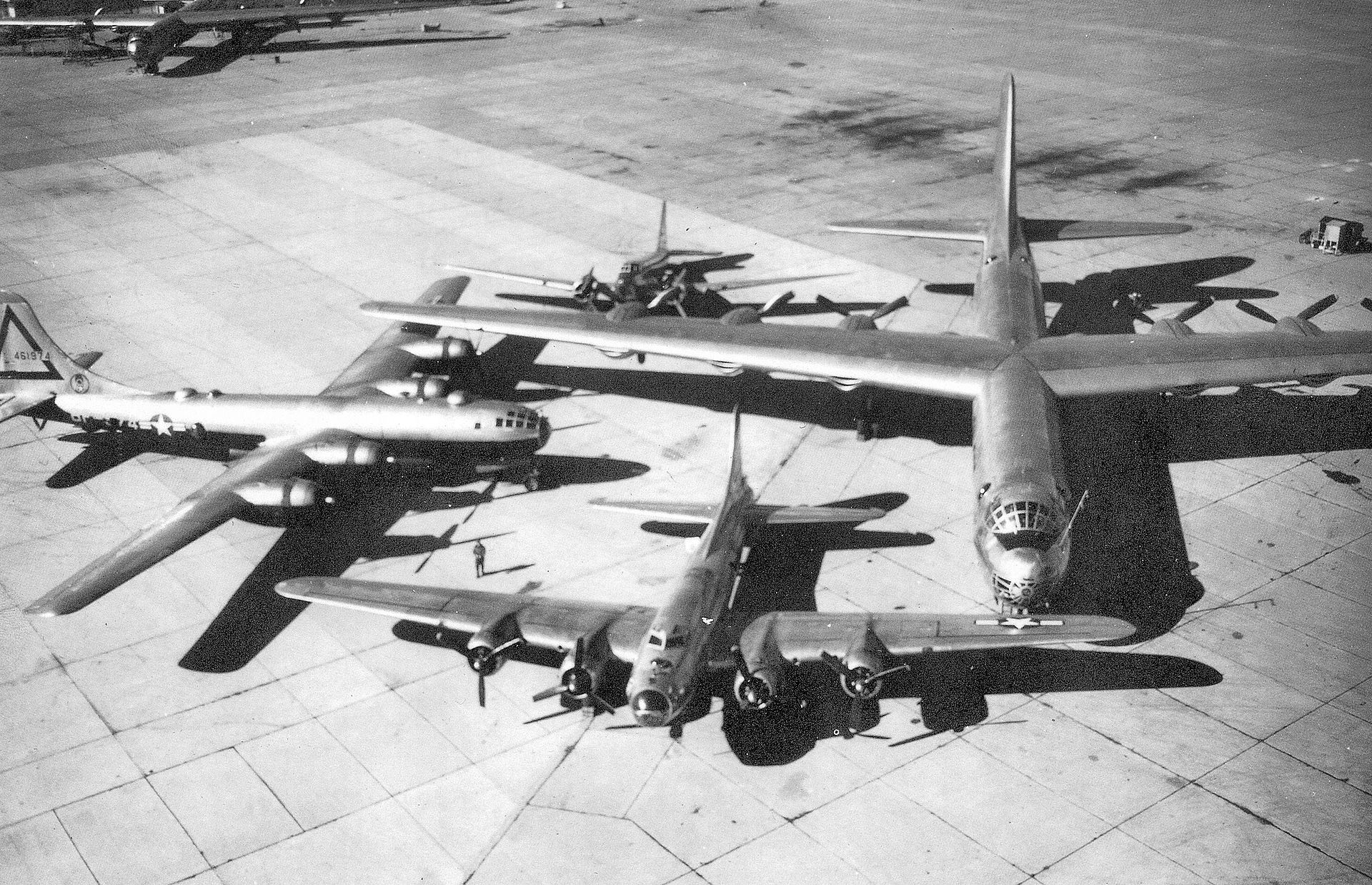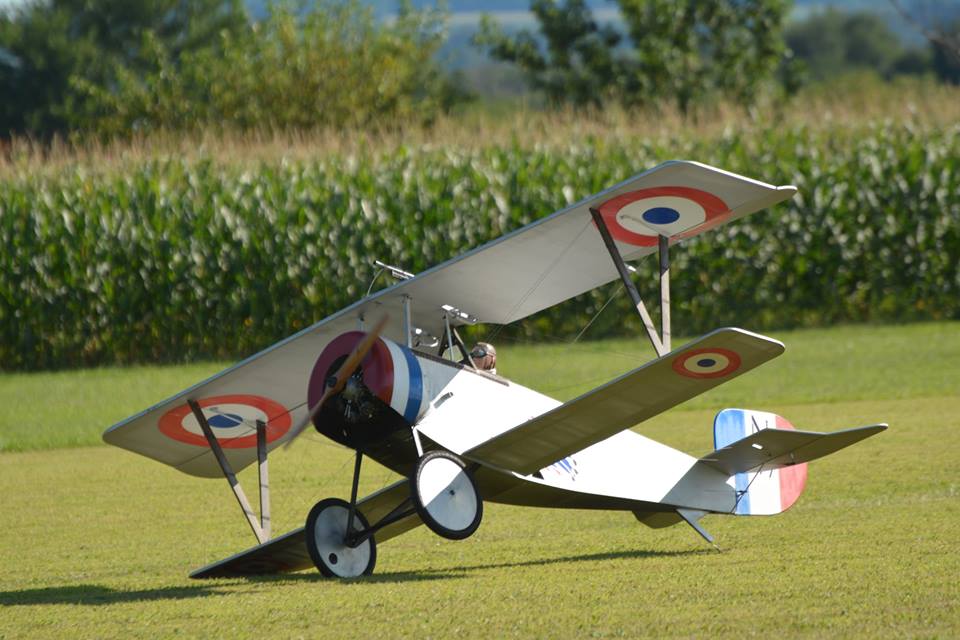In reply to NickD :
There is a bit of a story to that pic. That of course is a B-36. Huge plane. The wheels are also huge, and the plane is really heavy. Because of that, the ground pressure developed by those tires meant the runway it lands on needs to be super thick.
There were a limited number of airports in the US that they could land on (they needed to be long also). This issue was of course eventually solved in later heavy planes (e.g. 747) by using multiple smaller wheels. One airport I do know of that was capable of operating B36's is Salina Kansas. Typical small airport runways are 3-4,000 feet long. Salina KS's main runway is 12,000 feet long, and very wide.

Photo apparently from before they said "eh, let's throw a couple jet engines under each wing too because why not"
In reply to aircooled :
There were exactly 3 runways capable of handling the XB-36s giant boingers. They got wise and made this instead:
They still weren't afraid of wierd experiments. 
I was confused by these triangles out in the middle of nowhere, one near Killeen TX, one on the way to Yuma from Phoenix, AZ and others. I found out they are runways, no matter the wind direction you have a spot. Cool.

In reply to 914Driver :
Sane reason Most WWI aerodrome were circular: you could always take off into the wind. Great War buggies do not crosswind well.

WWI airplanes had no need to make crosswind landings or takeoffs (not that they could very easily with a tail skid instead of a tail wheel). They called them air"fields" for a reason, a big square piece of land, just always approach from downwind.

In reply to 914Driver :
I believe it's a Graham. The Cord tooling was sold off to Graham who used it to build a conventional RWD vehicle with a new front end.
Edit: You can read Graham vertically on the center bar of the grill.
914Driver said:What is this? I'm thinking Cord but don't recognize the top lip.
It was actually a short-lived venture between Hupmobile and Graham-Paige Motors. Both companies produced a version of the car, although both were built in the Graham-Paige facility and they were almost identical. The Hupmobile was called the Skylark and as has been mentioned, the Graham was called the Hollywood. Graham-Paige was already in financial trouble when they began this venture and it never really got off the ground. Production only lasted a few months before the effort fell apart. They were beautiful cars though.
You'll need to log in to post.